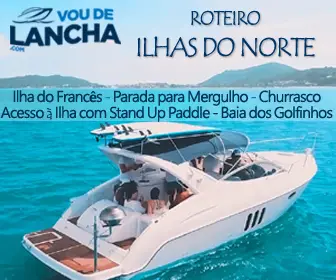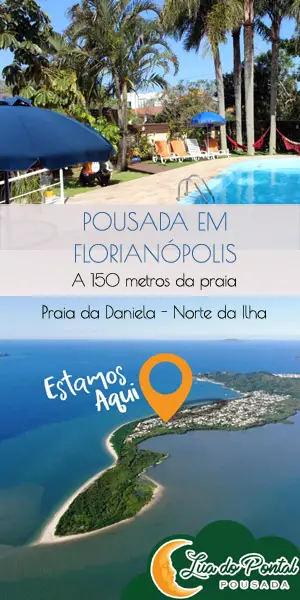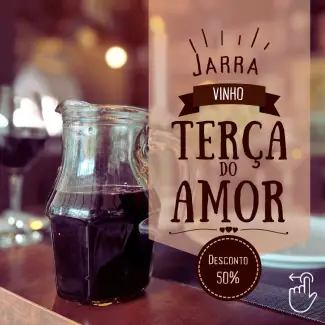The restricted bibliography on surfing points to its emergence in the Polynesian Islands, through native peoples, due to their own subsistence culture, fishing. They constantly had to go overboard with their handmade boats to fish, and when they came back, they would slide over the waves to get to land faster. According to Gutemberg (1989) this ritual ended up becoming a habit among the civilizations of that region.
Later, however, in the islands of Hawaii, surfing began to be practiced by the ancient Hawaiian kings with boards made of wood, extracted from local trees (Rosa, 1996). The natives had a religious ritual for the manufacture of their boards. Once the tree was chosen, the ritual began. A red fish called kumu and the tree was cut down. A hole was made in the roots where, with a prayer, the kumu. Then, the modeling work was started or s (board shape); tools, stone chips, and pieces of coral were used to form the desired shape. With granulated coral (pokaku ouna) and a type of very hard stone (oahi) the finishing work was started to eliminate all the marks from the previous phase and try to smooth the surface as much as possible. With the smooth surface, the roots of a tree called hile, to give a black color. Other substances were used to waterproof the wood as a way of waxing it (Bastos, 1987).
ADVERTISING
Among the native Hawaiian population, surfing was closely linked to cultural roots. When carrying out certain religious manifestations, the natives left offerings near the base of the coconut trees to grow another coconut tree.
This ritual was part of a Hawaiian aboriginal cultural manifestation, expressing gratitude for the food provided by the coconut trees and the leaves of the coconut tree in the construction of the roofs of the dwellings and to encourage surfing.
It was a festive ritual, where the chiefs thanked the gods for the abundance of the sea, the waves and the pleasures of playing in its waters. Some evidence points to 1500 years ago as the period when the Polynesians went down the waves with surfboards made of wooden boards (plywood from English ships). As in Hawaii, surfing in Polynesia was associated with religious, cultural and somehow social roots (Farias, 1995).
The cultural roots of surfing, through ritualism, imposed a certain hierarchy of practice on the natives. Kings and their offspring were allowed to surf in a standing position. The larger boards were called to the. They were seven feet in size and were more perfected, as they were part of an entire confection ritual and could only be used by royalty.
ADVERTISING
The smaller boards or ward, poorly finished boards, despised by the chiefs, were intended for the natives or subjects who were closest to the royal family. The rest of the tribe had restrictions on their practice. Already at that time the aborigines belonging to the royal family held competitions, mortal fights and other combats because of surfing. Surfing was the benefit of the most noble and fearless (Farias, 1995).
Until the beginning of the century, most Hawaiians practiced surfing as a leisure activity. This habit started to be seen in a different way when the then Olympic swimming champion, the Hawaiian Duke Kahanamoku, began to promote the sport in other countries where he passed, when he performed his function.
Surfing began to be practiced regularly in many countries, and around the 20s, the first championships began to appear in California (Rosa, 1996). Bob Simons created the first fiberboard in 1949. In the mid-1950's, the boards started to be commercialized and in the 60's surfing became competitive and professionalizing. From then on, the evolution of factories for boards, clothes and other equipment intended for surfing was constant. In 1975, surfing was being recognized worldwide as a sport directly linked to nature, thus gaining a considerable number of practitioners in several places where the sea conditions were favorable. An entity was then created in order to develop professional surfing - IPS (International Professional Surfers), holding championships at the main surfing spots. Currently, ASP (Association of Surfing Professionals) organizes and carries out the world surfing circuit.
ADVERTISING
This sport, which attracts thousands of fans every year, already has several specialized services, such as surfing conditions, broadcast on the radio daily. The service, in addition to providing wind and swell directions (swell), the size of the waves and the temperature of the water, indicate which beach is most suitable for the practice on that day. Even if the surfer has missed the schedule of the wave bulletin, he has available, at any time of day, the telephone service known as "dial-surf", which provides the same data already mentioned and the visibility for diving on the coast.
Os shapers (board makers) today also use the computer to improve their work and give a better finish to the s of the boards. In addition, the new craze is to check the data of surfing conditions via the Internet, where, through a map, the surfer knows the direction and size of waves anywhere in the world.
Floripa Surf Club - Surf, SUP, Kayaks and Bikes
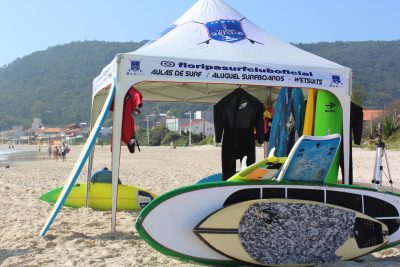
Surf Lessons and Bike Rental in Barra da Lagoa | SUP (Stand Up Paddle) and Kayaks rental in Lagoa da Conceição. Lots of surfing, good music, healthy food, local crafts and brand new bike rentals. We are located in Barra Beach Floripa, a super special place, with all the support to receive tourists, perfect for you to enjoy the summer with family or friends in Barra da Lagoa. ... [See more]
Casarão - Camping and Hostel (Hostel)
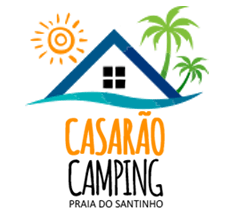
OPPORTUNITY: Live close to nature - I'm looking for an administrative partner for the camping. Camping area with vast shade and fully integrated with nature, located approximately 300 meters from the sea, on one of the most beautiful beaches in Florianópolis, much sought after by surfers for its perfect waves. It also has collective and private rooms (hostel). Our customers find at their disposal, individual lots for ap tent ... [See more]
Campeche Surf School
Campeche Surf School aims to professionally, consciously and safely meet the growing demand for surf lessons. It offers experience and qualified training of its instructors and professors in the service of teaching and training suitable for its students. We serve companies, schools and private or group classes.
Easy Surf
Easy Surf | Surf School in Florianópolis, on Joaquina Beach.
English Surf School
English Surf School | Surf School in Florianópolis. Since 2000, preserving the island's surf. CREF 012106-P/SC
ADVERTISING
college surf school
College Surf School | Surf School in Florianópolis.
Magic Island Surf School
Magic Island Surf School | Surf Schools in Florianópolis.
Waterman Brasil Surf Camp
Waterman Brasil Surf Camp | Surf Schools in Florianópolis.
Surf School Barra da Lagoa
The Barra da Lagoa Surf School is committed to teaching and making people passionate about surfing. In a safe and responsible way, teach the most of this incredible sport and its vast universe, about everything in which it is inserted, how to surf responsibly around the world. Surf lessons for all ages from 4 years old, we work every day and we also have equipment rental: surfboards (boards), Neoprenes (wetsui
Surf School and SUP / Surfcamp Evandro Santos
Surf School and SUP / Surfcamp Evandro Santos | Surf School in Barra da Lagoa | Florianopolis. 32 years of surfing history - Surf and SUP lessons and courses made by the professional himself - Pioneer in Santa Catarina - Board and equipment rental - Manufacturing and repairs.


